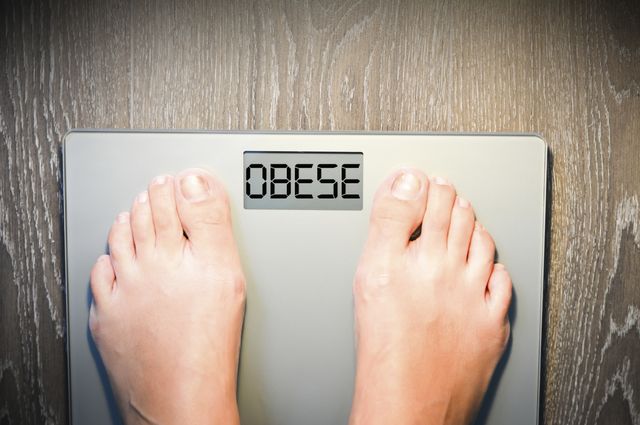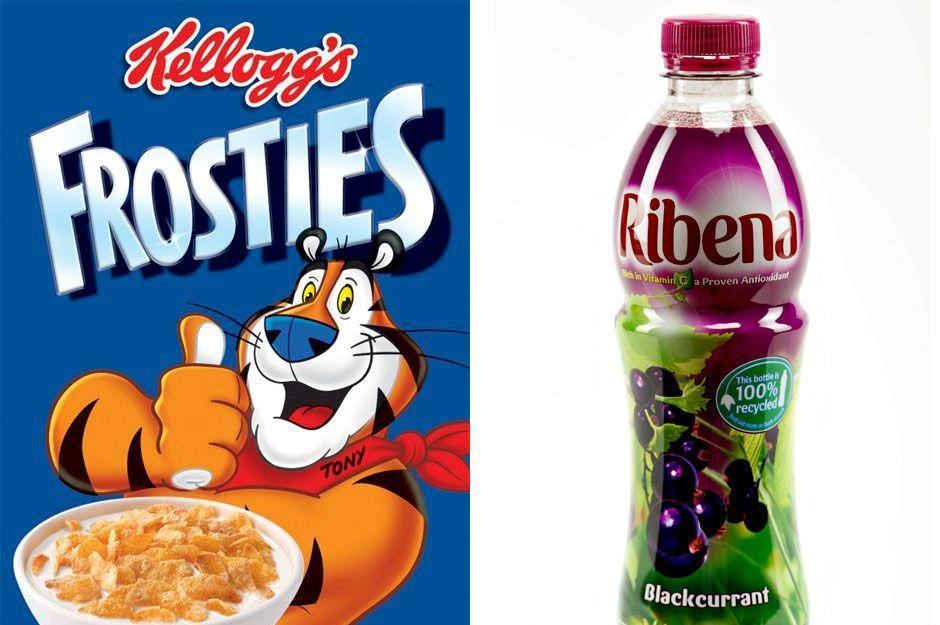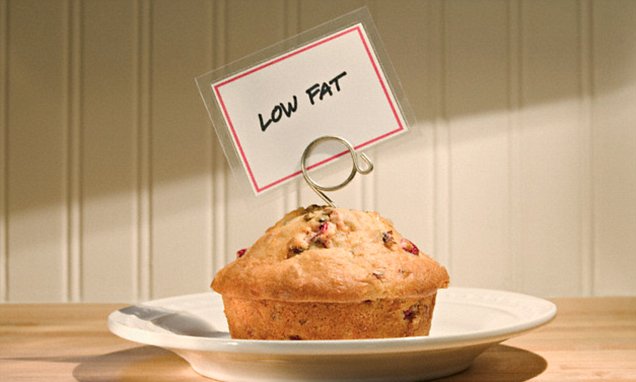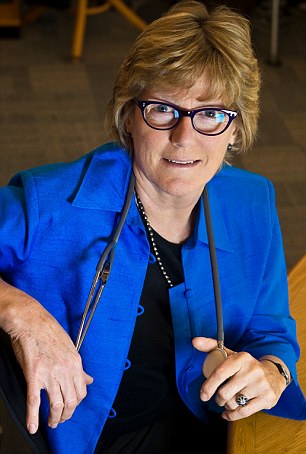Americans now officially drink more bottled water than soda. It’s a shift that decades ago might have seemed unthinkable — that consumers would buy a packaged version of something they could get free from a tap. But bottled-water sales have been growing in the U.S. ever since the arrival of Perrier in the 1970s. The gains accelerated in recent years, as shown in the chart below, amid concerns about the health effects of sugary drinks and the safety of public-water supplies.
Bottled-water consumption in the U.S. reached 39.3 gallons per capita last year, while carbonated soft drinks slipped to 38.5 gallons, according to industry tracker Beverage Marketing Corp. Soda still generated more revenue last year: $39.5 billion in retail sales compared with $21.3 billion for water, according to Euromonitor. And 26% of water revenue in 2016 went to soda giants Coca-Cola Co KO, +0.26% and PepsiCo Inc. PEP, +0.93% , which sell the top two brands Dasani and Aquafina, respectively, and are now pushing higher-priced premium brands.
Source: Americans now drink more bottled water than soda – MarketWatch
Fat Thanks to Nicole E. for the tip!










